Why Is Fixed Blade the Best Choice for Your Hiking Knife
Fixed blade is the best choice for your hiking knife because of its durability and versatility. With its robust design and solid construction, it can handle heavy-duty tasks and withstand outdoor conditions, making it more reliable than folding knives or other blade types.
Additionally, the fixed blade offers a stronger and more secure grip, ensuring the knife stays firmly in your hand when navigating rough terrains. It is also easier to clean and maintain, reducing the risk of rust or damage. Whether you need to cut through branches, prepare food, or defend yourself in the wilderness, a fixed blade hiking knife is the ultimate tool that won’t let you down.
The Benefits Of Fixed Blade Knives
Fixed blade knives offer superior durability and strength compared to their folding counterparts. Constructed from a single piece of steel, these knives are less prone to breakage or damage, making them a reliable choice for hiking and outdoor adventures. Their robust nature ensures that they can withstand the rigors of demanding tasks, such as cutting through tough materials or batoning wood.
Furthermore, fixed blade knives provide increased versatility and adaptability. With their fixed design, these knives are better suited for a wide range of activities, including hunting, fishing, and survival situations. They are easier to clean, maintain, and can be used for various purposes, such as cutting, slicing, prying, and even digging.
In terms of performance, fixed blade knives offer enhanced cutting power. The absence of moving parts ensures that the blade remains stable during use, allowing for greater cutting efficiency. Their sturdy design and full tang construction result in more effective and precise cuts, making them an ideal choice for tasks that require strength and control.
Factors To Consider When Choosing A Fixed Blade Knife
table, th, td { border: 1px solid black; border-collapse: collapse; } th, td { padding: 15px; text-align: left; }Why Is Fixed Blade the Best Choice for Your Hiking Knife
Blade Length and Design
A crucial factor to consider when selecting a fixed blade knife for hiking is the blade length and design. It is essential to choose a knife with a blade length suitable for your intended use. Shorter blades are ideal for precision tasks, while longer blades offer versatility for various outdoor situations. The design of the blade also plays a role in its functionality. Whether it’s a drop point, clip point, or tanto, each design has its own advantages, such as better control, durability, or puncturing capabilities.
Handle Materials and Ergonomics
Another important aspect to ponder when selecting a fixed blade knife for hiking is the handle materials and ergonomics. The handle should be comfortable to hold for extended periods and provide a secure grip to prevent slippage. Consider materials like Micarta, G-10, or rubber for enhanced grip, durability, and moisture resistance. Ergonomics are vital for reducing hand fatigue during prolonged use or unexpected situations, allowing for a secure and comfortable grip that ensures precise cutting and maneuvering.
Sheath Quality and Secure Carry Options
Sheath quality and secure carry options are often overlooked but essential factors to evaluate. The sheath should securely hold the knife and provide quick and easy access during hiking or outdoor activities. Opt for durable materials like Kydex or leather for longevity and protection. Consider additional features like belt loops, attachment options, or retention systems to ensure the knife is easily accessible and safely secured throughout your hiking adventures.
Maintenance And Care Tips For Fixed Blade Knives
When it comes to choosing a hiking knife, a fixed blade is undoubtedly the best choice. Not only is it more durable and reliable than its folding counterpart, but it also requires proper maintenance and care to ensure longevity and optimal performance.
To keep your fixed blade knife in top condition, regular cleaning and rust prevention are essential. After each use, make sure to clean the blade thoroughly with warm soapy water, removing any dirt, debris, or moisture that may have accumulated. Dry the knife completely to prevent rust formation.
Sharpening your knife regularly is also crucial for maintaining its cutting edge. Invest in high-quality sharpening tools such as a sharpening stone or honing rod, and learn the proper sharpening techniques. Keep the blade at the correct angle and use consistent strokes for best results.
Proper storage and handling guidelines are equally important. Store your knife in a protective sheath or a dry environment to prevent damage and corrosion. Avoid throwing, dropping, or using excessive force that may lead to blade or handle damage. Treat your knife with care, and it will serve you well throughout your hiking adventures.
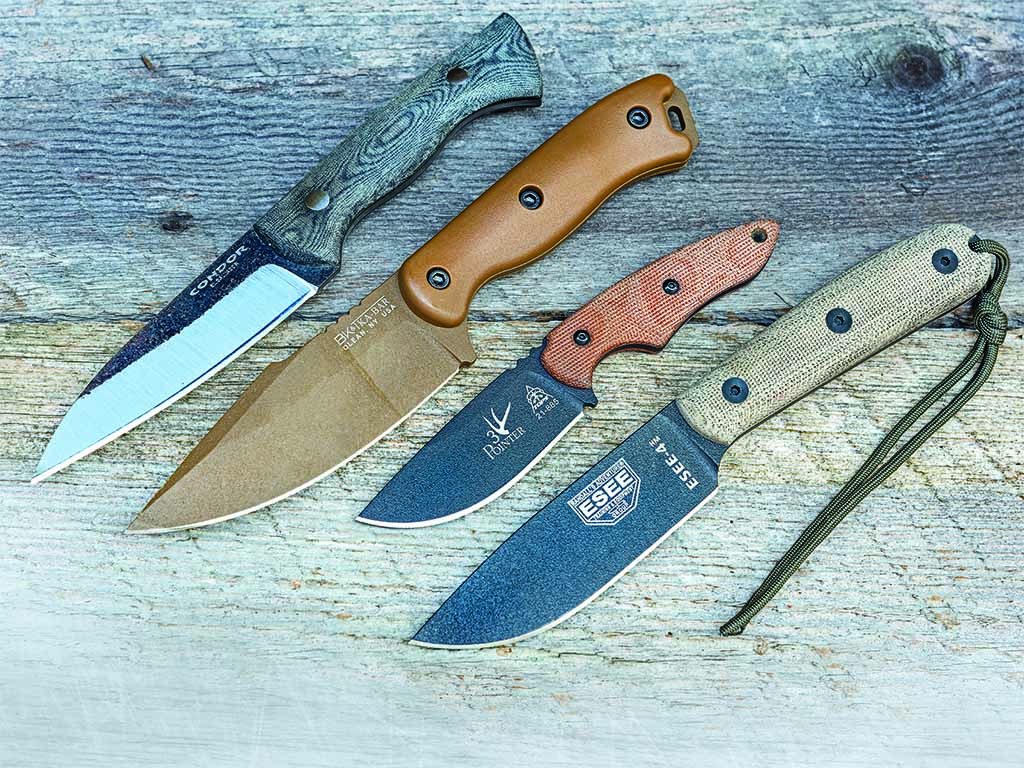
Credit: blademag.com
Conclusion
To ensure you have the best hiking experience, it’s crucial to choose the right knife for the job. After examining the benefits of various types, it becomes clear that a fixed blade knife is the optimal choice. Its durable and robust construction provides reliability in any outdoor situation.
The simplicity of its design allows for easier maintenance, ensuring your knife is always ready for use. The fixed blade’s sturdiness and full tang construction make it capable of handling heavy-duty tasks with ease. Additionally, its versatility in outdoor situations, such as setting up camp or preparing food, makes it an essential tool for any hiker.
By investing in a fixed blade knife, you can be confident that you have made the best choice for your hiking adventures. So, get out there, explore the great outdoors, and let your fixed blade knife be your sturdy and trusted companion.

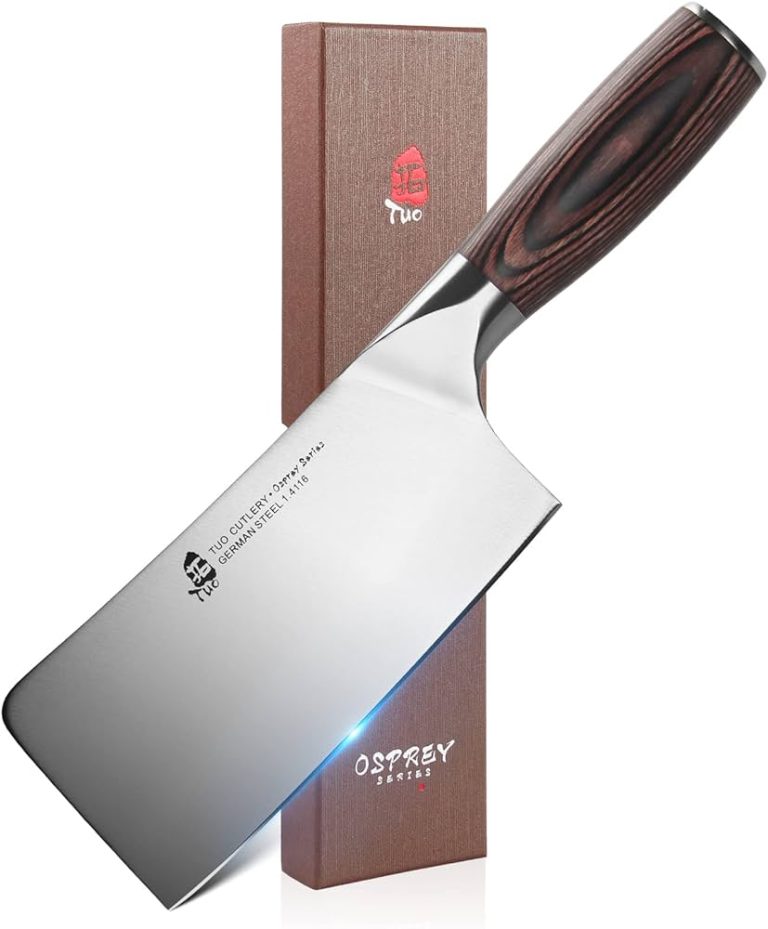
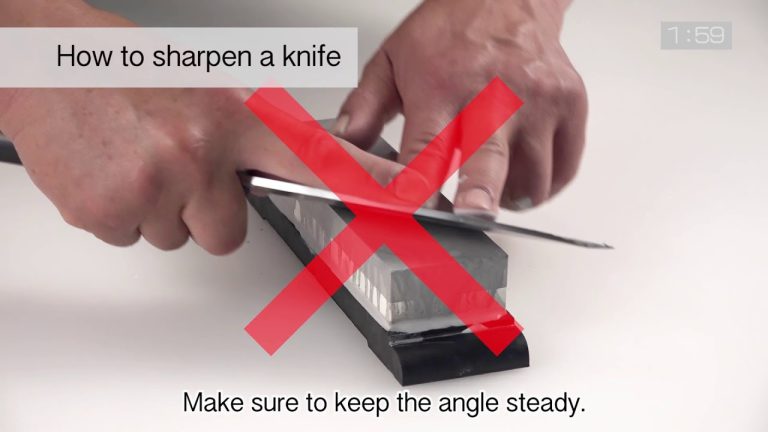
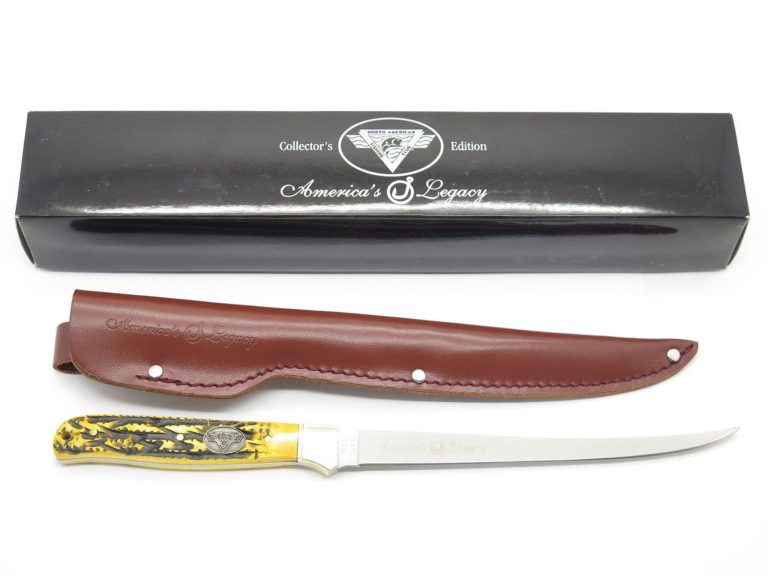
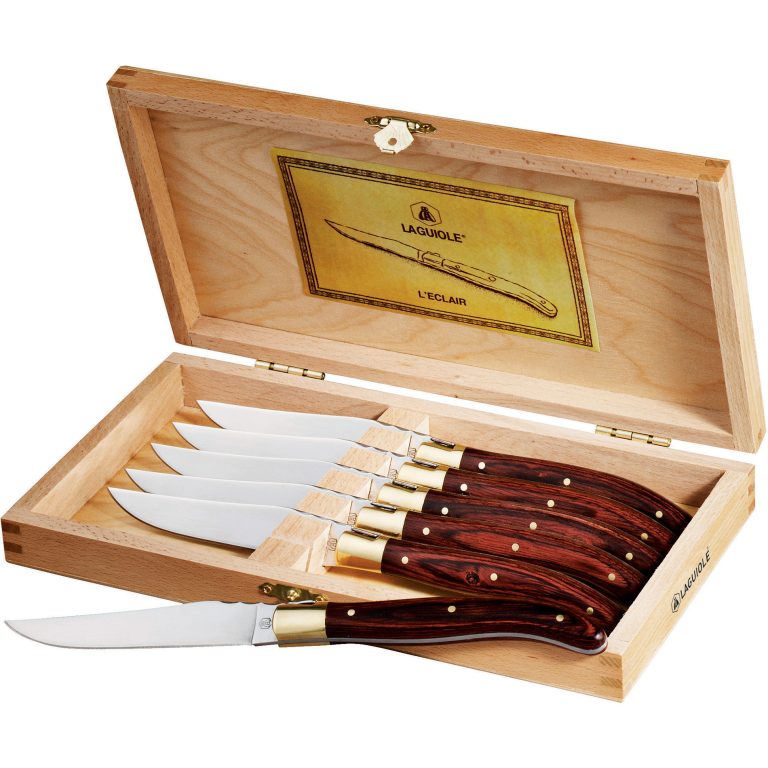
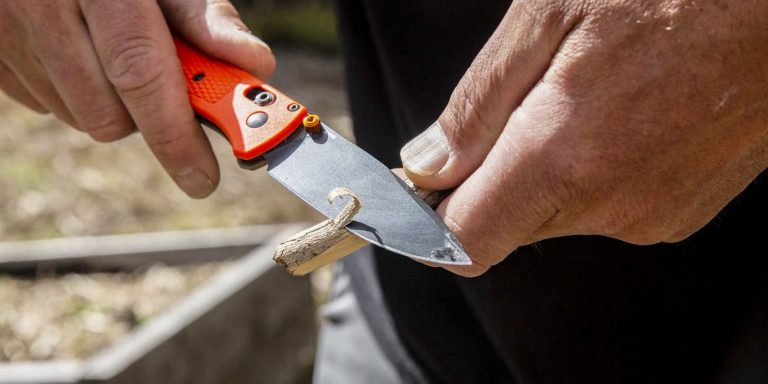
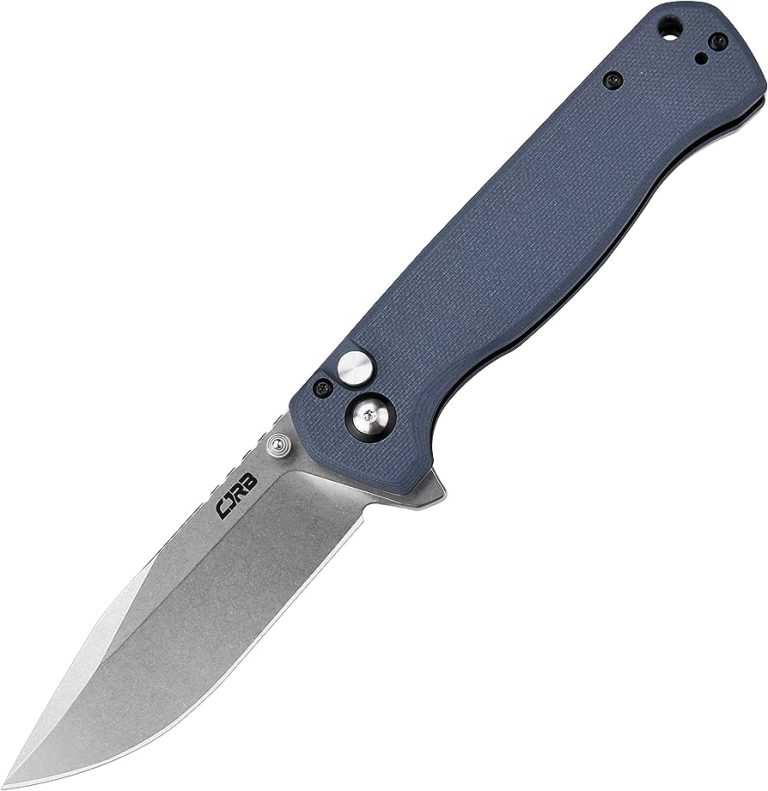
Totally agree fixed blade is best for hiking knives